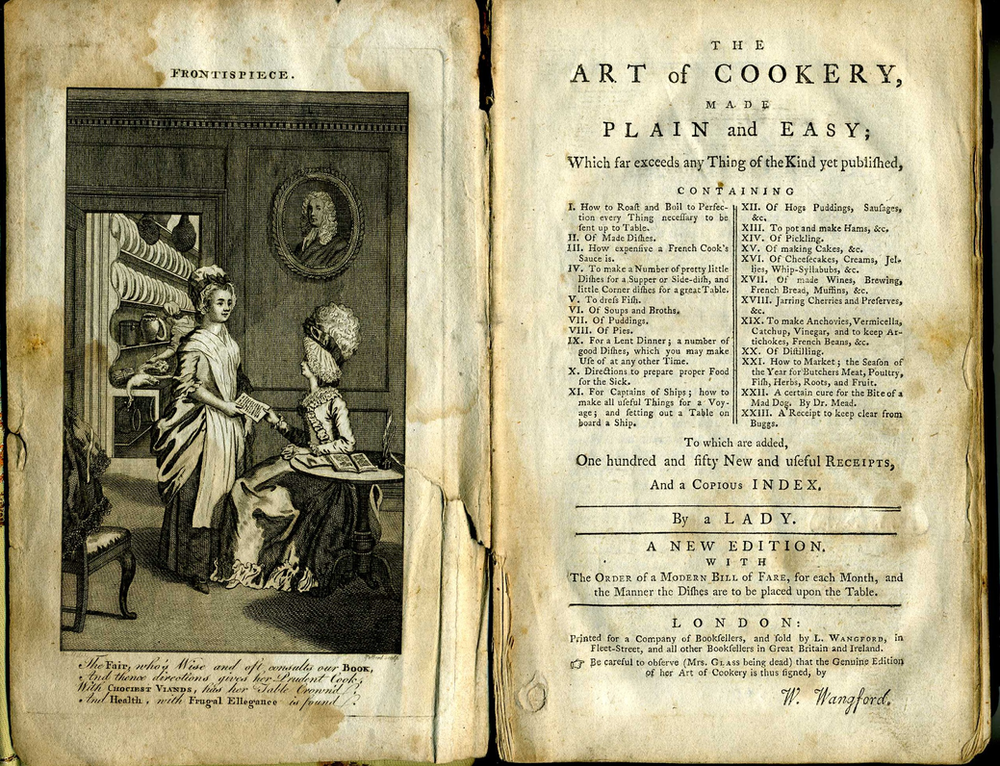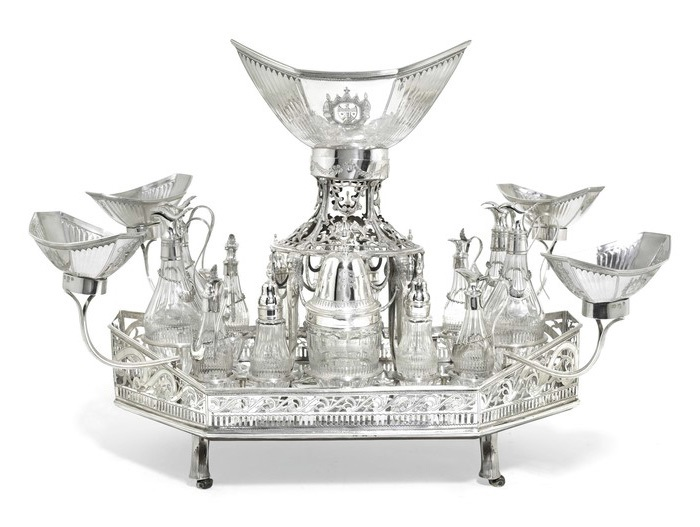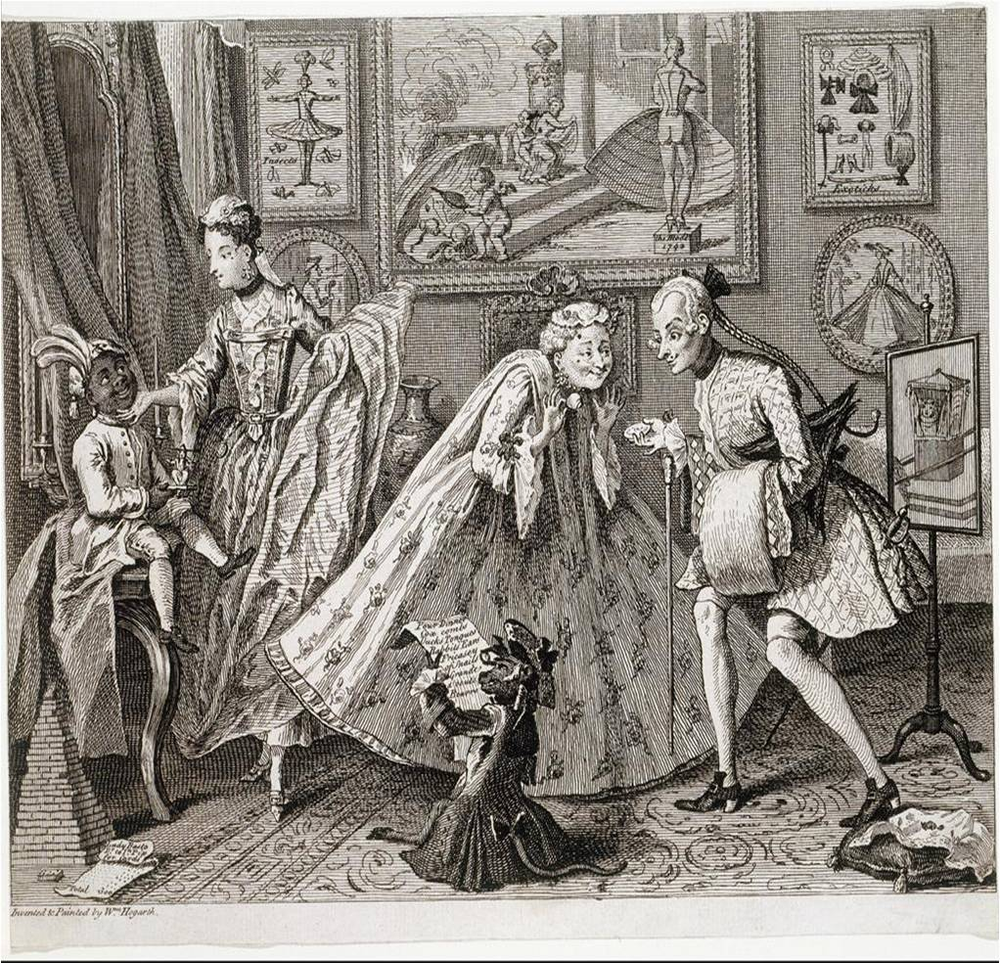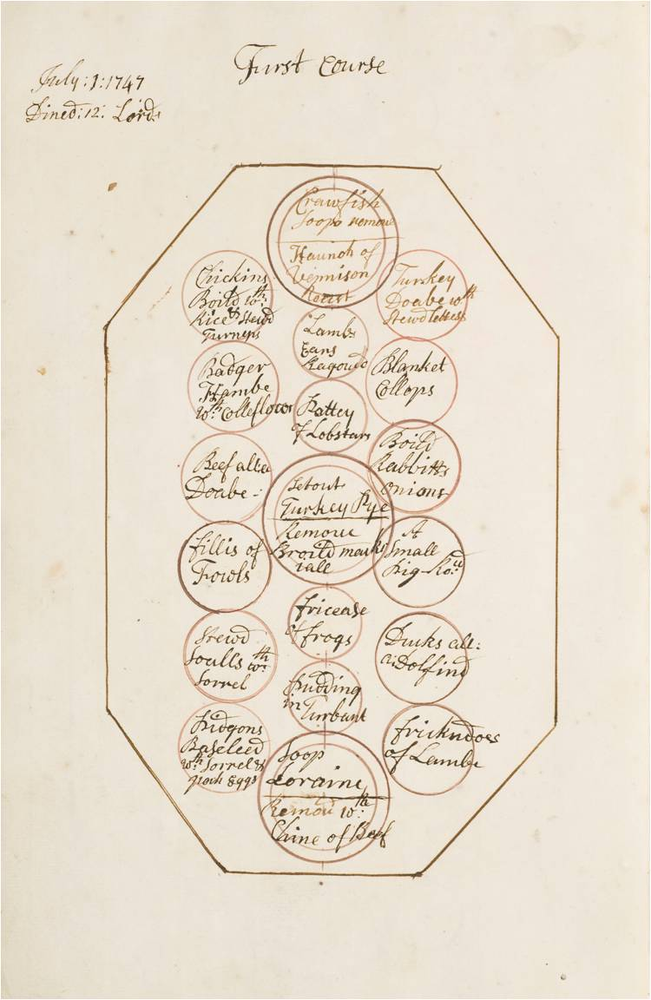
On Tuesday we learned about the 1740-41 famine, the most devastating of a series of food shortages in the series of crises that struck the country through the 1720s and 1730s. However, these famines invariably did not apply to the upper levels of eighteenth-century Irish society, where a sort of food revolution had begun.
The ordinary Irish person in the eighteenth century had a very stunted diet consisting mostly of potatoes and pulses, offal, cereal and milk. It was bland and not very nutritious which is why, in the period before the famine, a fully-grown man would need to eat more than two kilos of potatoes for a single meal. For the wealthy, the ordinary diet was much more varied, with various cuts of meat, fish, grains, fruits and vegetables.
During the eighteenth century, while the poor were starving in the streets, the wealthy were exploring the limits of luxury cooking. Increased shipping routes and access to new and exciting materials through the East India Company mean that for the first time, Irish kitchens were filled with herbs, spices and increasingly expensive materials. Cooking took off so much in this period that the recipe book became a best-seller for the first time, with books like The Art of Cookery and the English Housekeeper being reprinted in several editions throughout the period to show house cooks and kitchen maids to make the most of their employer’s money with new and interesting recipes for increasingly exotic cuts of meat.

Among these recipes were strange dishes like turtle soup! Turtles were very commonly eaten during this period and some were considered so delicious that it was over 300 years before the Giant Tortoise was scientifically named, classified and studied, because sailors just couldn’t stop eating them on the voyage back. Turtle soup became a sensation across Britain and Ireland, so much so that for people who couldn’t afford expensive turtle meat, there was faux turtle soup, made by boiling a calf’s head until the meat took on a similar consistency.

Sugar is an excellent example of the bizarre discrepancy between the starvation of the poor, and the expensive eating habits of the rich, as from 1740 on, the rich began to import more and more sugar, becoming almost a frenzy of dessert-making. There was not at this time, such a distinct line between sweet and savoury, flavours were layered, and many dishes served for dinner would have been quite sweet. Desserts though were particularly sugary. They served what were known as ‘sweetmeats’, candied nuts and flowers, sugar coated fruit or sugar moulded into the shaped of fruit, as well as tiny cakes and pastries. They served such a a variety of these dishes that they required an object known as an ‘epergne’ to serve them – a table-centrepiece made up of small bowls and shelves designed to hold these sweetmeats and display your wealth and good taste.

One of the most famous sources for eighteenth-century Irish society are the letters of Mrs. Mary Delaney, an English woman who married a Church of Ireland Dean, and lived among the most powerful figures of that time. one thing she records with great care, probably because of its importance, is the food she eats, at formal dinners, balls, weddings and banquets. For example when we read what was laid out for her own wedding, we see the sheer amount of food the rich are consuming. At 4pm she serves turbot and soles, remove ham, Force meat, 2 partridges, 2 grouses, pies, rabbits and onions, sweetmeats and crumbs. Salmigrundi – a type of salad containing cooked meats, seafood, vegetables, fruit, leaves, nuts and flowers which was then dressed with oil, vinegar and spices – soup, boiled chicken, collop, veal and olives, peas, cream pudding, plumb crocant, chine of mutton, turkey in jelly, hare, lobster fricasee and an assortment of 9 desserts along with coffee, tea and bridal cake later in the evening. Mary Delaney was married in 1743, right around the time that the country was still recovering from the debilitating famine which has killed 1/5 of the population.

As a menu, her wedding feast is intimidating, but the eighteenth century upper-class Irish did not always serve courses as we do today, but instead laid all of the food out on a table and allowed guests to choose at will. It was served this way not for the sake of ease, but to impress with the sheer amount and variety of food you could afford. As dinner planning was so important for maintaining a social life, we have fascinating examples of table layouts which show us exactly what people were serving.

Taking this example from the papers of Robert Jocelyn, we can see that he’s serving flambéed badger with cauliflower, a fricasée of frogs, crawfish and pigeon among everything else – and that’s only the first course!
In some cases, cooking became less focused on taste, and more focused on impressing your guests with the variety of luxury ingredients you had access to. Among the more disturbing dishes produced from this fascination with luxury products like tea and coffee were coffee-eggs. This involved whipping your eggs, adding a shot of strong Turkish coffee and two tablespoons of brown muscovado sugar, whipping them again, pouring them into some moulds, and baking for 45 minutes! The resulting meal had a jelly-like consistency – and how popular it really was is unclear. Hot chocolate, as we saw a few weeks ago, was less a drink and more of a food, as when it was consumed for breakfast it would contain egg yolks, breadcrumbs, cinnamon, nutmeg and sugar, mixed together into a thick, grainy mixture eaten with a spoon.
It is horrifying to us now, to think about the difference between wealthy and poorer diets, but as we learned on Tuesday, the gulf between the classes was so wide in this period that most wealthy people didn’t even see the 1740s famine as a major crisis, and paid little heed to their struggling tenants. So, will you be having a fricasee of snails for dinner> coffee eggs for breakfast?


